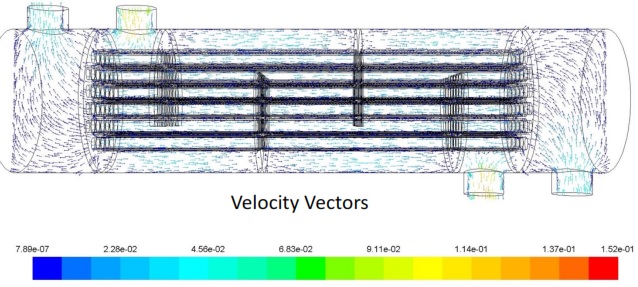CFD & FEA
Computational Fluid Dynamics (CFD Modelling)
Computational Fluid Dynamics (CFD Modelling) is the process of mathematically modelling a physical phenomenon involving fluid flow and solving it numerically using computational techniques. Typical software used for CFD Modelling is ANSYS-Fluent, SoundPLAN, THERM-2D or Star CCM+.
- Laminar (blood → oil) and turbulent (atmospheric → aerodynamics) flow analysis
- Steady and Transient analysis
- Single-phase and Multi-phase (Gas-Liquid/ Gas-Solid/ LiquidLiquid) flow analysis
- Newtonian (water, air, glycerol) and Non-Newtonian (blood, crude oil) flow analysis Aeroacoustics analysis (fluid and mechanical)
- Granular-fluid systems (Pneumatic conveyors, Fluidized bed reactors)
- Heating, cooling, and mass transfer analyses
- Reaction modeling including combustion
Finite Element Analysis (FEA)
Finite element analysis (FEA) is a computerized method for predicting how a product reacts to real-world forces, vibration, heat, fluid flow, and other physical effects. Finite element analysis shows whether a product will break, wear out, or work the way it was designed. Typical software used for FEA are ABAQUS or Tosca or Fe-safe.
• Linear and non-linear stress analyses
• Dynamic/explicit vibration, buckling, blast & crash analyses
• Contact modelling (welded, bolted, and threaded connections)
• Steady-state and transient thermal analysis
• Advanced material modelling
• Multiphysics capabilities (fluid structure, fluid thermal, and coupled thermal structural)
• Welding engineering analysis
• Structural optimization
• Failure/fracture and fatigue cyclic loading analysis
• Product development – virtual testing and validation

